The example of smog in the theory of the creeping normality is so true. I have experienced it myself. I live in a city and when I come to my gran (she lives in a countryside), I get a headache. She told that the air there was "way to fresh for me". I got to normal as soon as I came back to the city :D
9 Psychological Laws That Control Your Actions Against Your Will
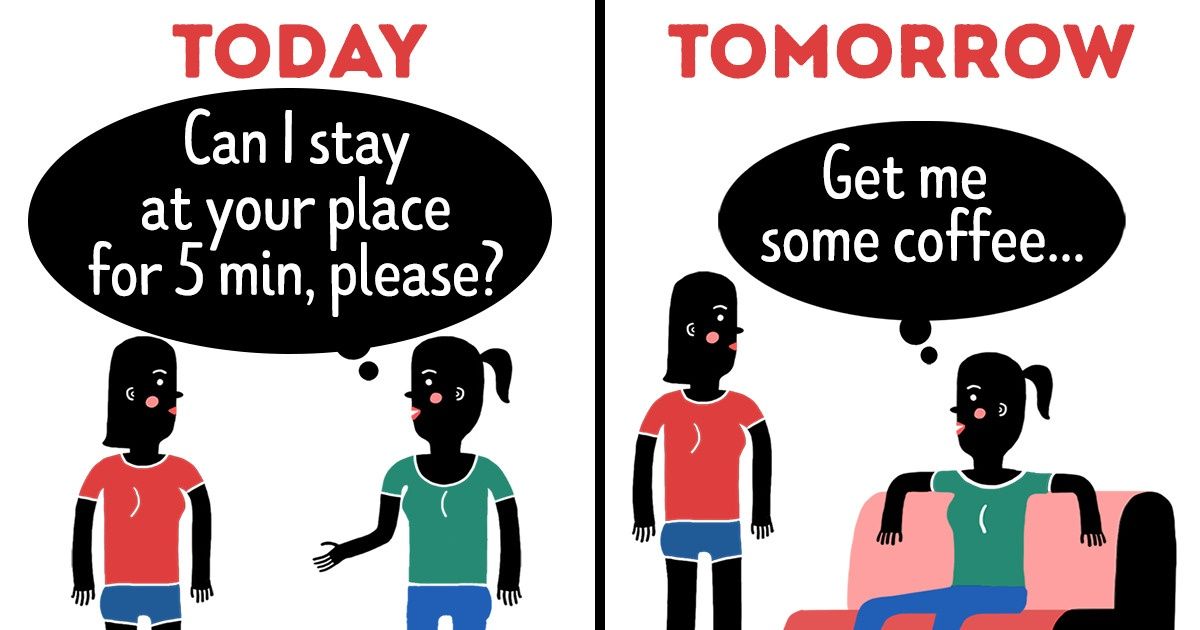
There are many events that take place in our life that are often hard to understand. How do fortune-tellers predict the future so precisely and why are broken windows so disturbing? Scientists have already created theories that explain what these things mean that happen around us. It turns out that people act according to a script and our behavior is actually pretty predictable.
We at Bright Side have read many psychological books and today we are going to share some secret knowledge with you — everything that happens to you is not random. People’s strange actions can also be explained with the help of science.
1. The theory of learned helplessness
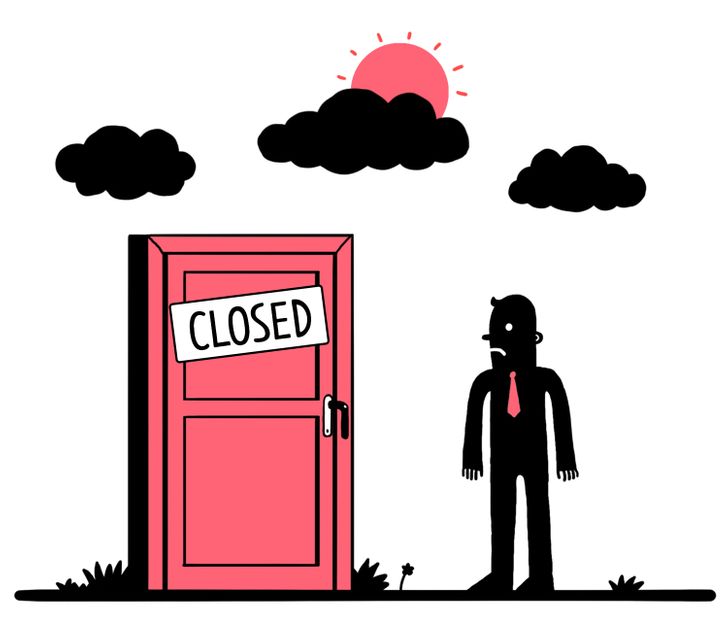
Learned helplessness is a behavioral disorder where a person isn’t trying to do anything to improve their life, even though they have the opportunity to do something about it. Why is it called “learned”? Because no one is born with the idea that overcoming obstacles is useless. This thought appears after going through a lot of stress or multiple failures. People give up and start believing that nothing is dependent on them, especially after having received numerous blows from life itself.
Here is an example from real life: A person has failed the tests needed to get into a university twice, they work hard for very little money, and they can’t break up with a toxic spouse. The solution seems quite simple: prepare for the exam, find another job, get divorced, and your problems will disappear. But someone driven into helplessness doesn’t see an easy way out and will continue to tolerate the pain.
What to do?
- Forget about being perfect — there are very few things that you can do 100% perfect in life.
- Decrease your expectations, including the negative ones. We tend to be scared of trouble even though it hasn’t happened yet.
- Learn to stay optimistic. There is something called learned optimism, and you can acquire it with the help of several exercises.
2. The theory of broken windows
The criminology theory of broken windows was implemented by 2 American sociologists: L. Kelling and James Q. Wilson. These scientists were trying to figure out the reason for the increasing crime rates in New York City in the 80s. They came to the following conclusion: minor offenses like scattered garbage or graffiti actively affected the crime level in general.
Here is an example from real life: If there’s at least one broken or missing window in a building, people passing by assume that no one cares for the building and that there are no responsible people to clean up the mess. After a short time, all the windows will be broken, while the people living in this area will become more confident in their ability to get away with things. Moreover, they will soon conclude that they won’t get punished for more severe crimes.
A fan of this theory, Rudy Giuliani, the mayor of New York (1994), managed to decrease the crime level in the city by half.
3. The theory of a reality tunnel
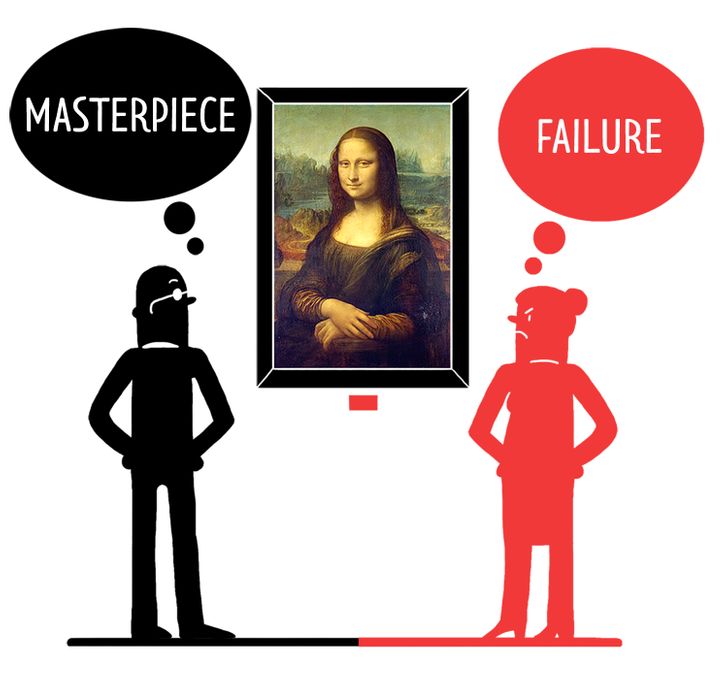
According to this theory, a person sees the world through the filters of their own experience and beliefs. Upbringing, education, and all the joys and failures that have ever happened to us make up the material of our reality tunnel. That’s why people often have different reactions to the same things.
Here is an example from real life: Looking at the Mona Lisa, the famous painting by Leonardo DaVinci, one person will see a mysterious smile, another one will find mathematical perfection in it, while the third one will see a fat, browless woman. None of these people is mistaken because they all live in their own reality tunnels and strongly believe that they are right.
All this happens because, according to the reality tunnel theory, there is no common truth. It is impossible for it to exist because it’s very hard to escape your own familiar, safe, and comfortable tunnel.
4. Hedgehogs’ dilemma
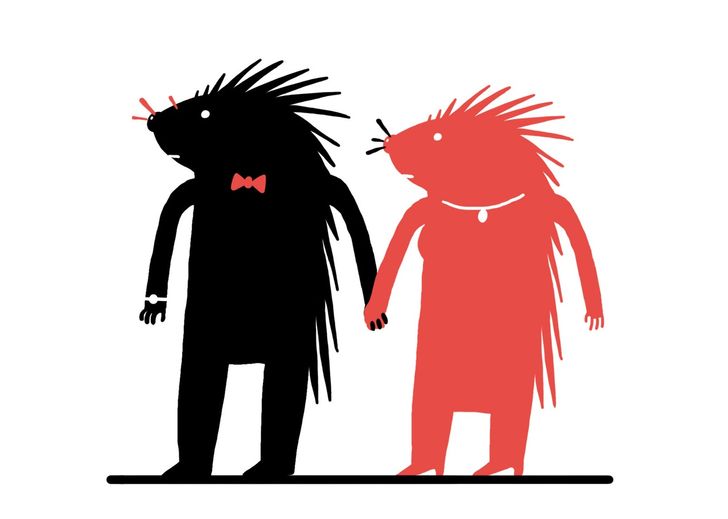
People tend to stay close to each other; most of us need family and friends. However, intimate relationships are sometimes followed by pain. The imperfections of our loved ones may cause us to become estranged and move away. However, after some time, we make the same mistakes by searching for closeness and suffering from it later.
German philosopher Arthur Schopenhauer called this the hedgehogs’ dilemma or the porcupine problem. He shared the following parable in his work:
5. Foot in the door
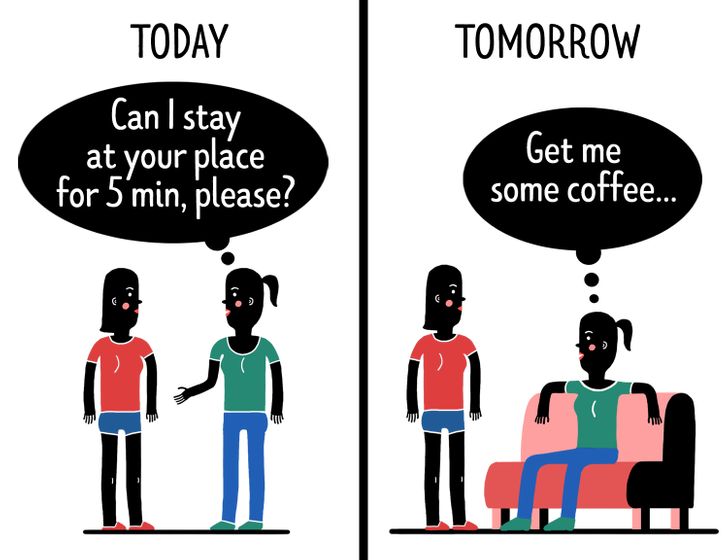
At first, a person does you a little favor and later you get trapped because their demands and requests become bolder and bolder, while you are not able to say, “No.” The trick called “foot-in-the-door” is widely used by marketers who want to sell you their goods.
Here is an example from real life: Service providers tell you, “Get a trial version of our program” or “Subscribe to our services — the first month of the subscription is free.” The consumer hasn’t paid a penny yet, but has already gotten trapped because it’s easier to sell the extended subscription to the one who has already tried the free version.
If a seller is promising you a big discount or a deal a-la " Buy 3 for the price of 2," it means that they have read one of those psychological books and are trying to get their foot in your door. They are well aware that you’ll come again and spend a large amount of money in their shop.
6. The theory of creeping normality
People are able to accept the most terrible changes in their life calmly if these changes happen gradually.
Here is an example from real life: Residents of big cities are ready to tolerate smog and environmental degradation in their city because these changes don’t happen quickly, and they have time to get used to the bad.
This theory can answer many questions — from big historical events to ordinary routine things. Why do people keep living in a marriage that is destroying their psyche? The answer is quite simple: they got used to it and accepted it because the changes didn’t happen overnight. Their reality changed and slowly made abnormal things seem normal.
7. The theory of anonymous authority
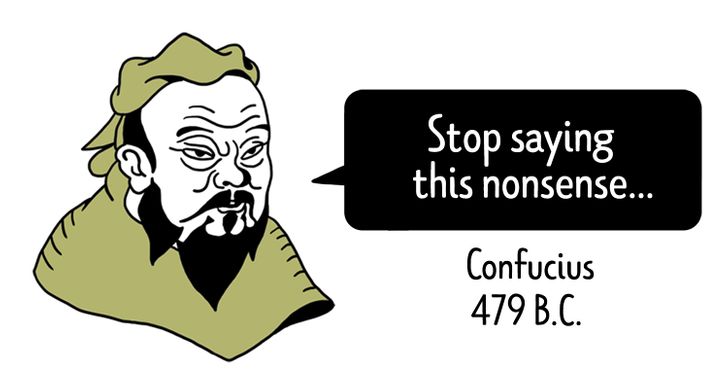
According to this theory, it becomes easy to manipulate people with the help of magic words. Phrases like “according to scientists” or “experts claim” that are not even backed up by obvious scientific research are easily perceived as truth. We subconsciously listen to anonymous authority (an expert or a scientist) that might not even exist at all.
Here is an example from real life: A commercial for pills says that the efficiency of this drug has been proven by scientists. It makes the viewer start to trust this statement. How can one not believe scientists?
Don’t trust depersonalized information. There are phrases used in commercials, on the internet, and in newspapers that are lies. Here are some of them:
- Phrases without precise numbers like, “most scientists” or "some people“(who are these people?)
- Use of passive voice — “it is considered” (who considers it?)
- Phrases like, “Up to 100%” (is it 2% or 99%?)
Ask for proof in any unknown situation and only trust those who can provide it.
8. Self-fulfilling prophecy
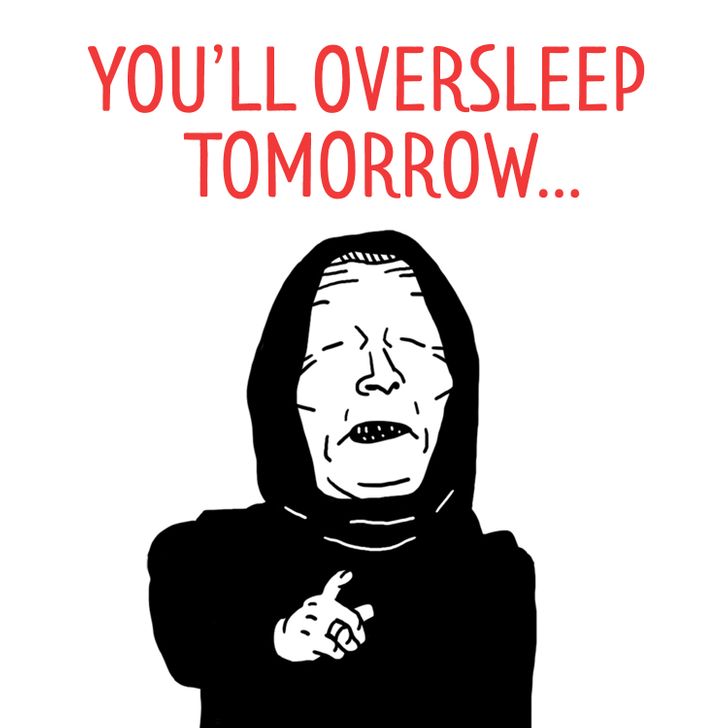
Sometimes prophecies come true, but there is no magic in it. The trick is that if you believe in this prophecy, it will happen. This paradox is actively used by fraudsters.
Here is an example from real life: A fortune teller predicted to a man that he would end up in the hospital in a day or 2. So the impressed man goes on with his life, immersed in sad thoughts about a possible illness, and isn’t aware of his surroundings. Eventually, our hero slips, falls to the pavement, and ends up in the hospital with a sprained ankle. The “prophecy” of the fortune-teller did happen, but not because she can see the future — the man himself made the “prophecy” come true.
It’s enough for a person to subconsciously believe in someone else’s idea to begin to generate thoughts that confirm this idea. Unfortunately, other people’s ideas are not always good. However, you can escape a self-fulfilling prophecy if you try to create your own positive affirmations.
9. Baby duck syndrome
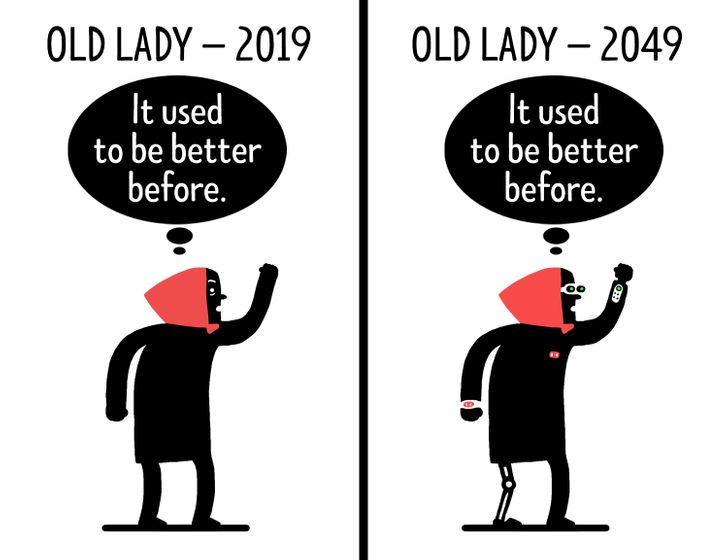
A freshly hatched duckling takes the first moving object it sees for its mother and continues to follow it everywhere. A human, a dog, a goat, or even an inanimate object can serve as a “mother.” Scientists call this behavior “imprinting” and they also say that all humans have this characteristic in themselves.
The baby duck syndrome appears when a person encounters a new environment and starts to consider the object they see first as the best. Moreover, it is very difficult to persuade this “duckling” to try something new and it’s almost impossible to prove that new things can be better than old ones.
Here is an example from real life: “Paper books are better than digital ones” or “Mobile phones with buttons are more reliable than sensor phones,” or “This new design is awful,” — these are the phrases indicating a person has baby duck syndrome.
This effect makes a person biased and hinders them from listening to the opinion of others. However, new things can be good and comfortable too.
Which of these psychological laws have taken place in your life? Please tell us about it in the comments!
Comments
I think the baby duck syndrome appears when the person refuses to develop, read books and make friends from different countries
Amazing
Related Reads
I Refused to Obey My DIL’s Weird Demands, I’m a MIL, Not an Errand Girl
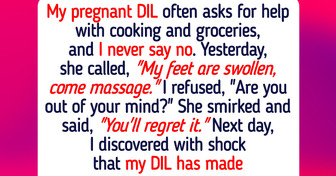
My DIL Refused to Let Me See My Grandchildren, Until My Son Stepped In
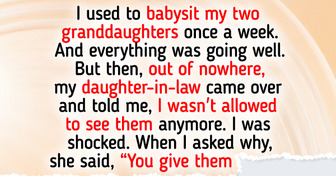
I Refused to Take My Stepdaughter on Our Family Trip
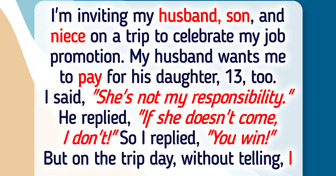
13 Plot Twists So Wild, They Could Make Spielberg Say, “I Wish I Directed That”

10 Moments That Proved the Worst Betrayal Comes From Home
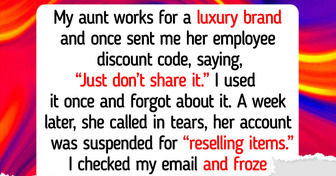
I Refuse to Let the Former Owner Get Married in My Backyard—My Kindness Stops Here
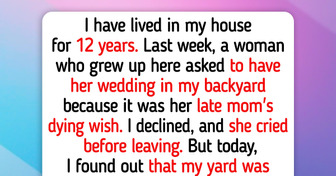
I Refused to Earn $25K Less Than a New Hire—So I Pulled a Move No One Saw Coming
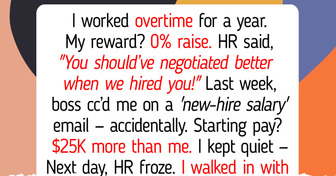
I Left My Estate to My Adopted Son, and Now My Biological Kids Are Pleading for a Share
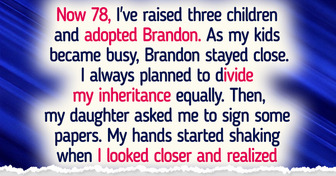
I Refuse to Do My Coworker’s Job for Free—So I Made Him Pay
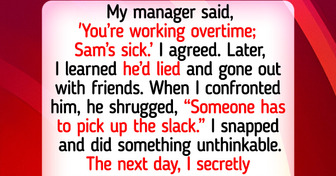
I Refuse to Help My Homeless Mom After She Spent All Her Retirement Money on My Sister
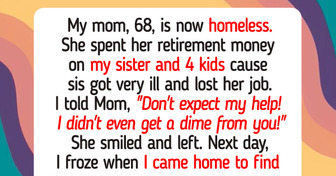
My Husband Refused to Fire Our Nanny, and Things Took an Unexpected Turn
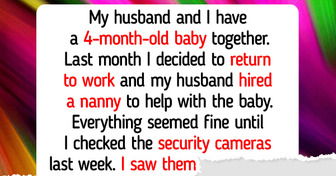
13 Times People Accidentally Uncovered Someone’s Biggest Secret
